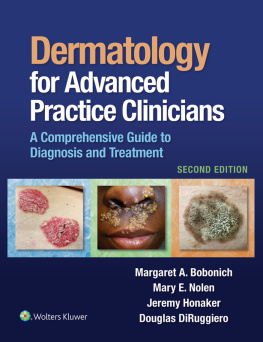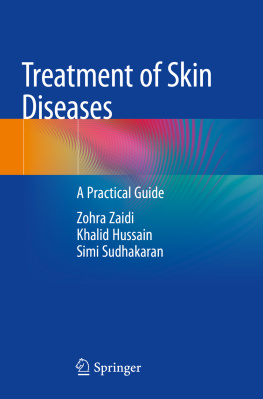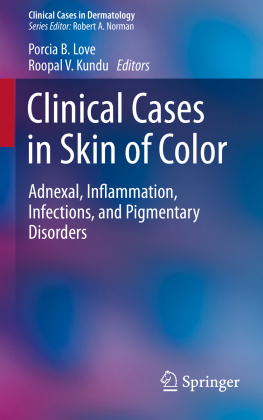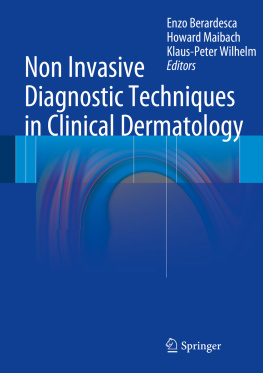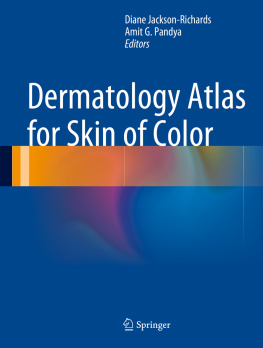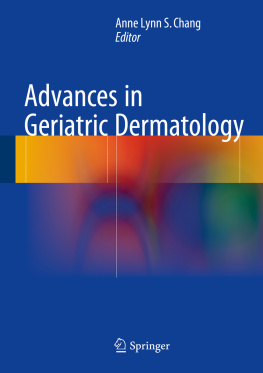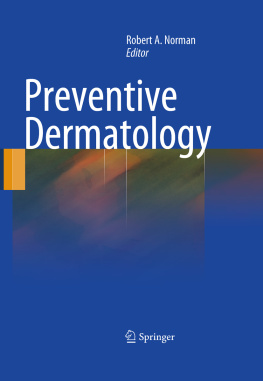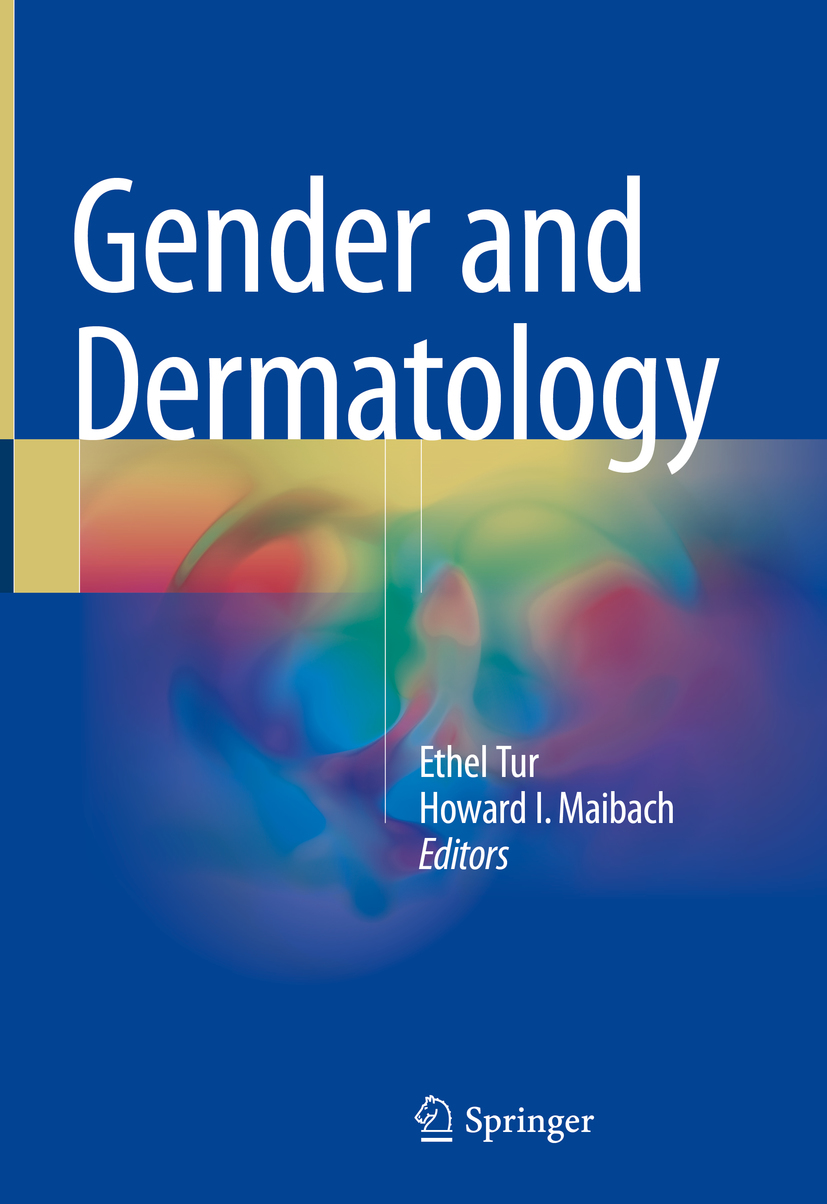Editors
Ethel Tur
Tel Aviv University, Tel Aviv, Israel
Howard I. Maibach
Department of Dermatology, UCSF Medical Center, San Francisco, CA, USA
ISBN 978-3-319-72155-2 e-ISBN 978-3-319-72156-9
https://doi.org/10.1007/978-3-319-72156-9
Library of Congress Control Number: 2018936629
Springer International Publishing AG, part of Springer Nature 2018
This work is subject to copyright. All rights are reserved by the Publisher, whether the whole or part of the material is concerned, specifically the rights of translation, reprinting, reuse of illustrations, recitation, broadcasting, reproduction on microfilms or in any other physical way, and transmission or information storage and retrieval, electronic adaptation, computer software, or by similar or dissimilar methodology now known or hereafter developed.
The use of general descriptive names, registered names, trademarks, service marks, etc. in this publication does not imply, even in the absence of a specific statement, that such names are exempt from the relevant protective laws and regulations and therefore free for general use.
The publisher, the authors and the editors are safe to assume that the advice and information in this book are believed to be true and accurate at the date of publication. Neither the publisher nor the authors or the editors give a warranty, express or implied, with respect to the material contained herein or for any errors or omissions that may have been made. The publisher remains neutral with regard to jurisdictional claims in published maps and institutional affiliations.
This Springer imprint is published by the registered company Springer International Publishing AG part of Springer Nature
The registered company address is: Gewerbestrasse 11, 6330 Cham, Switzerland
Preface
The nature of certain diseases is different between women and men. Genetic and hormonal differences affect skin structure and function, thus affecting disease processes. In addition, exogenous factors differ according to differences in lifestyle between the sexes. In the last two decades it has been recognized that women are more different medically than previously appreciated, and studies started being conducted accordingly. Methodologies used in dermatological research have improved substantially, providing means of objective evaluation of skin function and characteristics, leading to improvement in treatment and disease outcome.
Diseases differ between men and women in terms of prevention, clinical signs, therapeutic approach, prognosis, and psychological and social impacts.
This book outlines several aspects of differences between the skin of women and men in health and disease, based on available data. It is not designed to be exhaustive in its coverage of the subject, but rather to highlight certain aspects of it. We wish and hope that this book will ignite more interest in the topic of gender dermatology.
The editors are grateful to all our contributing authors for their efforts and cooperation in applying their knowledge and skill.
Special thanks to our team at Springer: Mr. Grant Weston, Responsible Editor, Mr. Andre Tournois, Project Coordinator, Mr. Karthik Periyasamy, Production editor, and Mr. Dinesh Vinayagam, Project Manager, for their meticulous work.
Ethel Tur
Howard I. Maibach
Tel Aviv, Israel San Francisco, CA, USA
Contents
Richard Randall Wickett and Greg G. Hillebrand
Daniel Callaghan and Neelam A. Vashi
Enzo Berardesca , Norma Cameli and Maria Mariano
Ferial Fanian and Alexandre Guichard
Robert Baran and Doug Schoon
Wohl Yonit
Sivan Sheffer Levi and Yuval Ramot
Mor Pavlovsky
Sivan Sheffer Levi and Vered Molho-Pessach
Arieh Ingber
Eve Finkelstein , Deena Yael Meerkin and Gina Weissman
Gila Isman Nelkenbaum
Miryam Kerner
Baruch Kaplan
Adi Nosrati and Maria L. Wei
Shoshana Greenberger
Michal Solomon and Eli Schwartz
Avner Shemer and Meir Babaev
Vered Atar-Snir
Liran Horev
Marina Landau
Yoav C. Metzger
Benjamin C. Garden and Jerome M. Garden
Shlomit Yadlin-Gadot and Uri Hadar
Index


